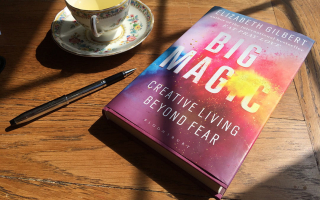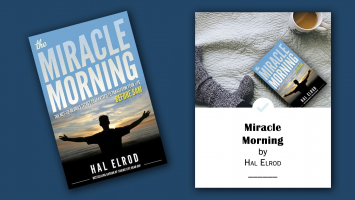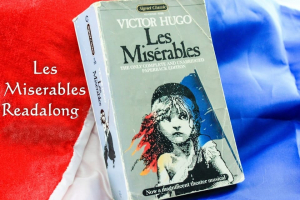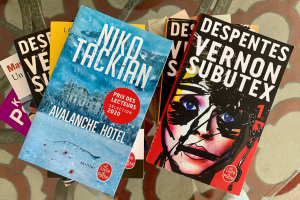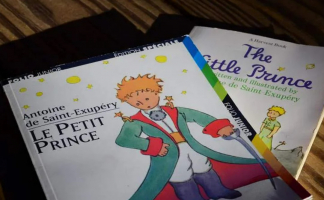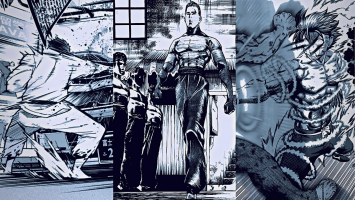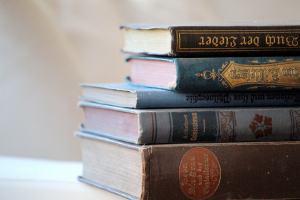Top 10 Must-Read Modern French Books
French literature is often considered to be among the greatest ever written. Proust, Camus, Victor Hugo, and Simone de Beauvoir are examples of classic French ... read more...authors that symbolize the pinnacle of literature, politics, and philosophy. But what about contemporary French books? Today's French authors are creative, brave, aggressive, and feminist, and they are often disregarded. They write surrealism, fantasy, and nonfiction in ways that no other writer would dare to. Here are the top best modern French books that you should know.
-
At Night All Blood is Black, winner of the International Booker Prize 2021, is a heartbreaking novella by Senegalese-French novelist David Diop. At Night All Blood is Black is the narrative of Alfa, a Senegalese soldier fighting in the French trenches during World War I. Alfa is cradling the dying body of his buddy Mademba, whose body has been ripped open, as the novella begins. From then, At Night All Blood is Black explores the important themes of racism, humanism, and masculinity against the backdrop of trench combat. It's a narrative about binary oppositions: the in-group vs the out-group; us versus them; black and white; hero versus coward.
At Night All Blood Is Black is a difficult book to read. It's a vivid narrative that wears on the reader. It delves into the corrosive side of male companionship and how racism continues to exist and grow even as it faces extinction. While reading it requires a steeled head and a strong stomach, At Night All Blood is Black is definitely one of the best modern French translations.
Link to read: https://www.goodreads.com/book/show/50403480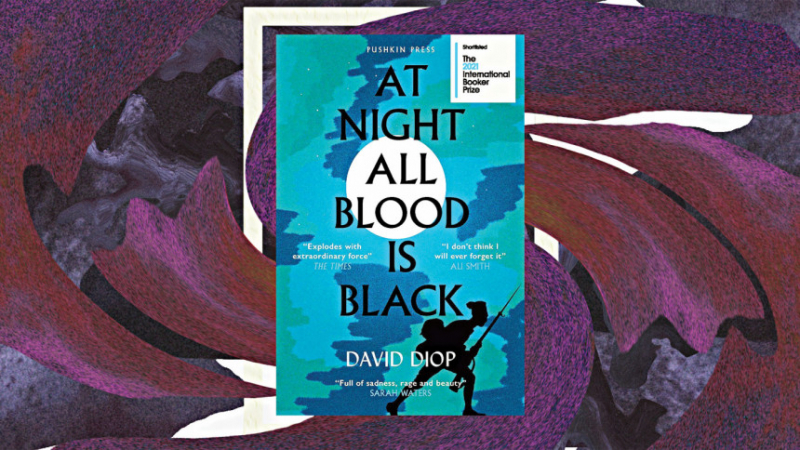
At Night All Blood is Black by David Diop 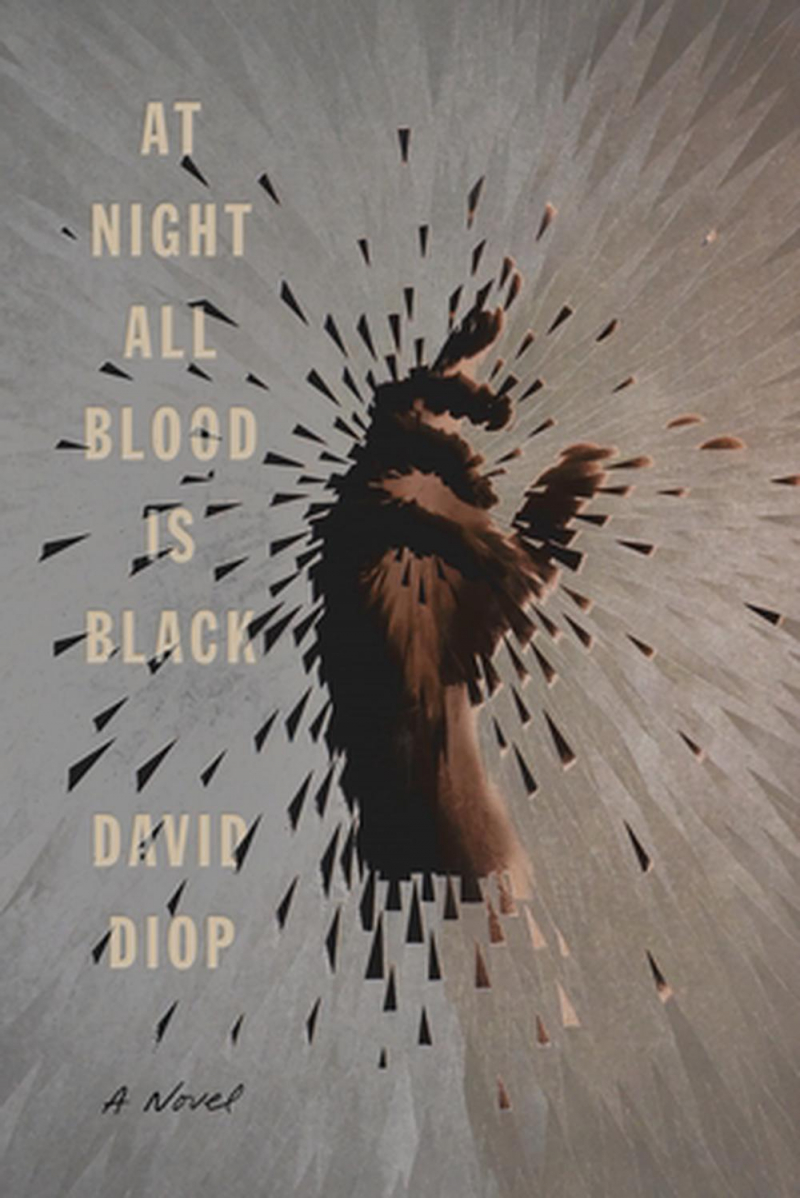
At Night All Blood is Black by David Diop -
The Mad Women's Ball, set in 1885 Paris, is one of the most hyped French books in recent years. It is a brief piece of feminist historical fiction inspired by the centuries-long abuse of women by the European patriarchy.
The first character is Geneviève, a nurse who works at the Salpêtrière institution in Paris. Geneviève is a firm believer in Dr. Charcot's research, which is advancing psychology and psychotherapy in the hopes of curing the disturbed minds of the women who enter his asylum. Eugénie, the young daughter of a bourgeoise and a traditional Parisian guy, is the second protagonist. Eugénie is a fiery, outspoken feminist who despises marriage and traditional gender norms. She wishes to live her own life according to her own set of rules. Her father does not approve of this, nor does he approve of her ability to see and hear ghosts.Eugénie is admitted to the Salpêtrière institution by her father and brother after convincing her grandmother that she can see her grandfather's spirit. She demonstrates it as well, but her father doesn't care whether it's real or untrue. In any case, she belongs in a mental institution.
Link to read: https://www.goodreads.com/book/show/56969561-the-mad-women-s-ball
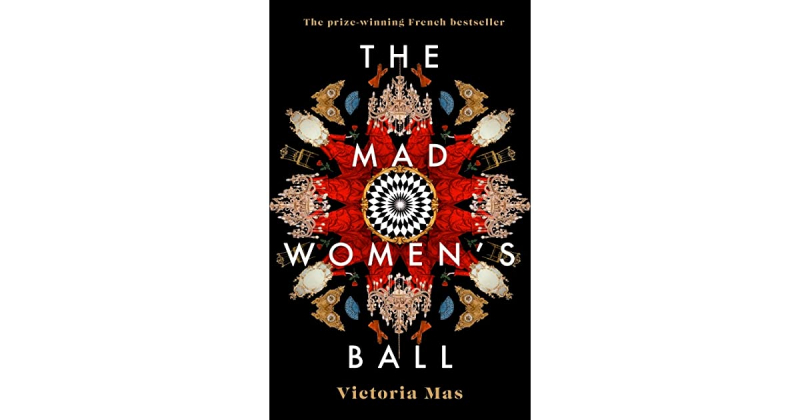
The Mad Women’s Ball by Victoria Mas 
The Mad Women’s Ball by Victoria Mas -
A Winter's Promise (the first in the Mirror Visitor series) is a French fantasy novel set on a floating island (arc) named Anima that recounts the adventure of a young lady named Ophelia. Ophelia, like everyone else on Anima, possesses a power associated with items in the world. Her ability allows her to "read" an object's past, therefore she curates a museum owned by her grandpa.
Ophelia's hand, meanwhile, has been offered to Thorn, a superintendent and a jerk from another arc; Thorn and his Dragon tribe have considerably more physical and lethal powers than the inhabitants of Anima. Thorn and Ophelia are bonded by a man's desire to comprehend a strong book, for which he wants Ophelia's strength. A Winter's Promise stands out among modern French works as an exhilarating piece of fantasy fiction with superb world-building, cunning politics and scheming, and profound mythology. The politics of Versailles meets Pride and Prejudice in an enemies-to-lovers tale. Layered storytelling and an aesthetic reminiscent of Studio Ghibli, A Winter’s Promise is a delicious French novel.
Link to read: https://www.goodreads.com/book/show/40969531
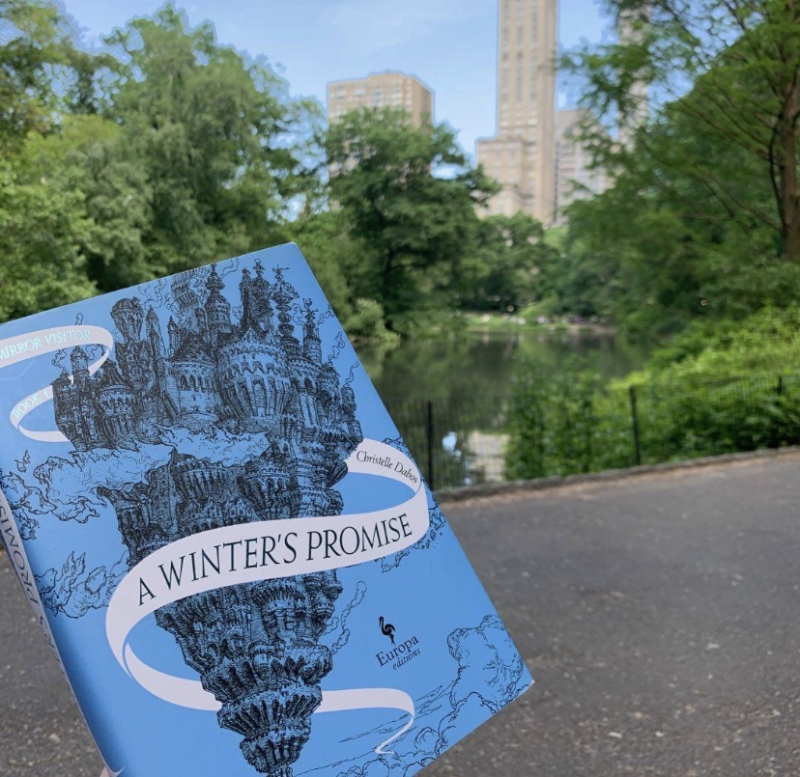
A Winter’s Promise by Christelle Dabos 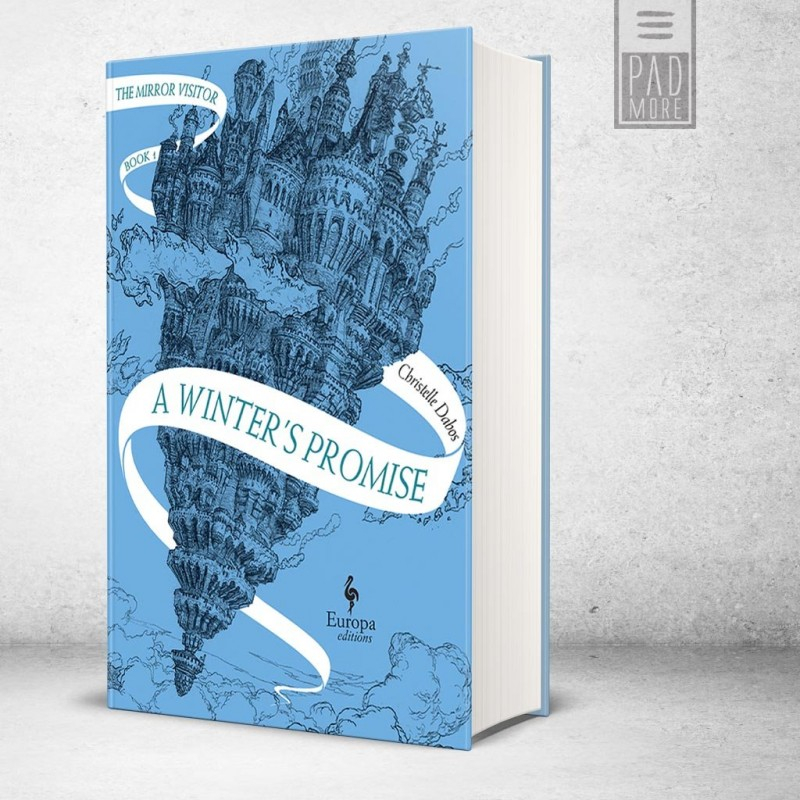
A Winter’s Promise by Christelle Dabos -
The Readers' Room is a charming Agatha Christie-style French murder mystery thriller. There's no harsh police drama here; instead, it's a colorful yet complex mystery that expands and coils as it progresses. If you've read Agatha Christie or watched her films, you'll recognize her tone: the tone that warms you in the sun or by the fire. Laurain, on the other hand, manages to distinguish himself from Christie with one of the most unusual modern French works on this list.
The Readers' Room is set at a publishing business in Paris. The head of the publishing firm has received a manuscript that has blown her away. It's adventurous, thrilling, and new, and she has huge ideas for it. Meanwhile, the novel makes intimate and interesting observations on the mechanics of publishing firms. The novel has been published, but the author's name remains unknown. When it is nominated for a prize, the reward can only be awarded if the author's name is revealed. They have been conversing via email, and eventually, the author of the manuscript reveals that there are eerie connections between the events of their novel and real-world deaths that begin to occur.
Link to read: https://www.goodreads.com/book/show/51294668
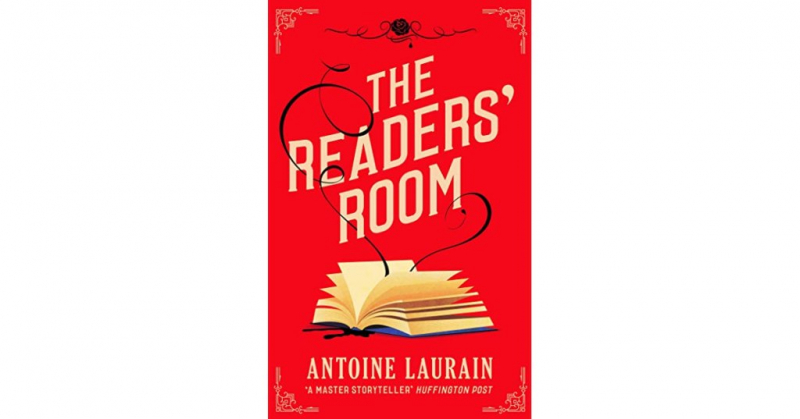
The Readers’ Room by Antoine Laurain 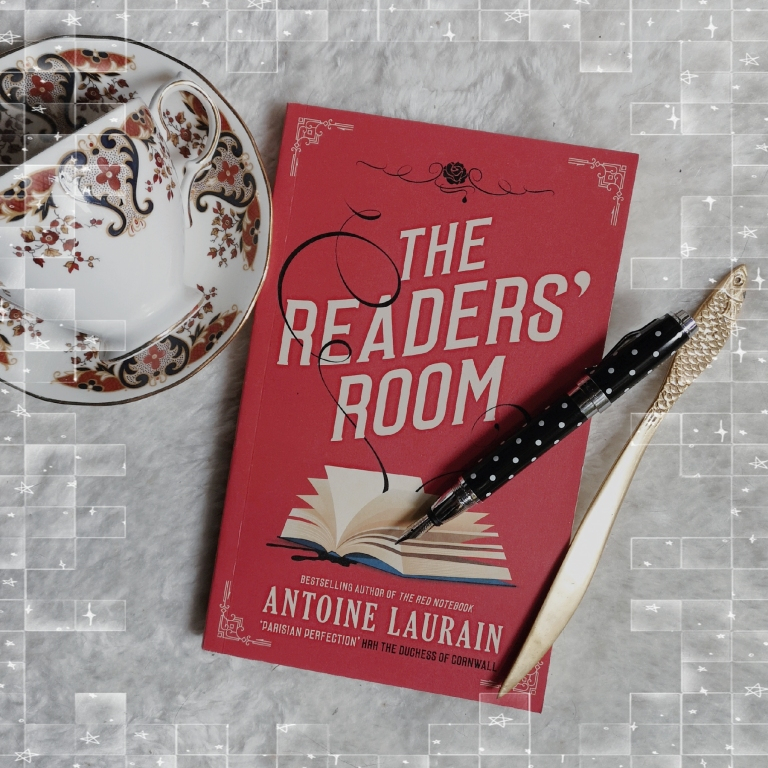
The Readers’ Room by Antoine Laurain -
Madeleine Bourdouxhe is now receiving the recognition she deserves. Where better to begin appreciating her than with A Nail, A Rose, a collection of strange feminist stories about women in Western Europe after WWII? There are women that endure, battle, fantasize, compromise, and empathize with the world around them, which is dark, twisted, hilarious, and scary. Madeleine Bourdouxhe was born in Belgium in 1906 and lived through both World Wars, by which time she had become a published author. Marie, her most renowned novel, was originally published in 1943, while the Second World War was still raging throughout Europe.
One of the great feminist French novels, A Nail, A Rose is a compilation of observations on the lives, ideas, and experiences of women of all kinds in post-World War II Europe. Many of them have a surrealist twist to them, combining grim and visceral gore, obsessions with the flesh and bone of human beings, and the banal and prosaic facts of our daily existence.
Link to read: https://www.goodreads.com/book/show/43512282
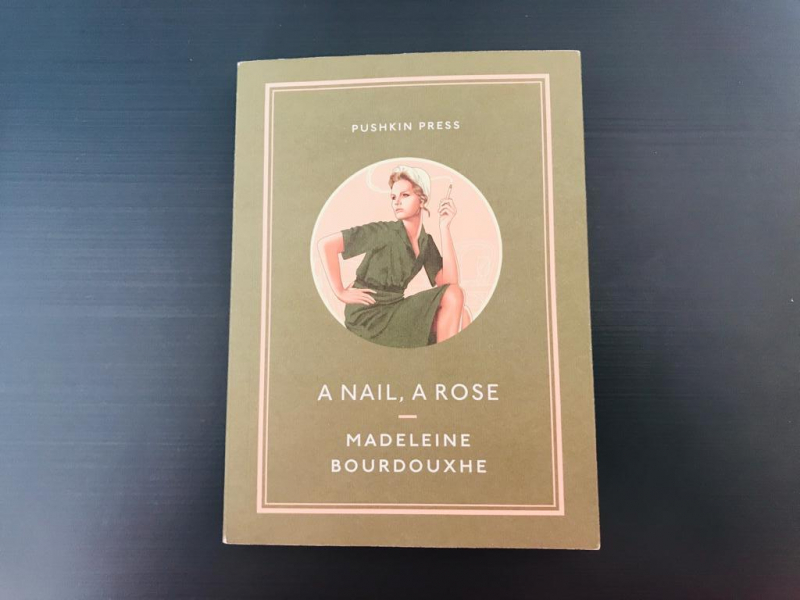
A Nail, A Rose by Madeleine Bourdouxhe 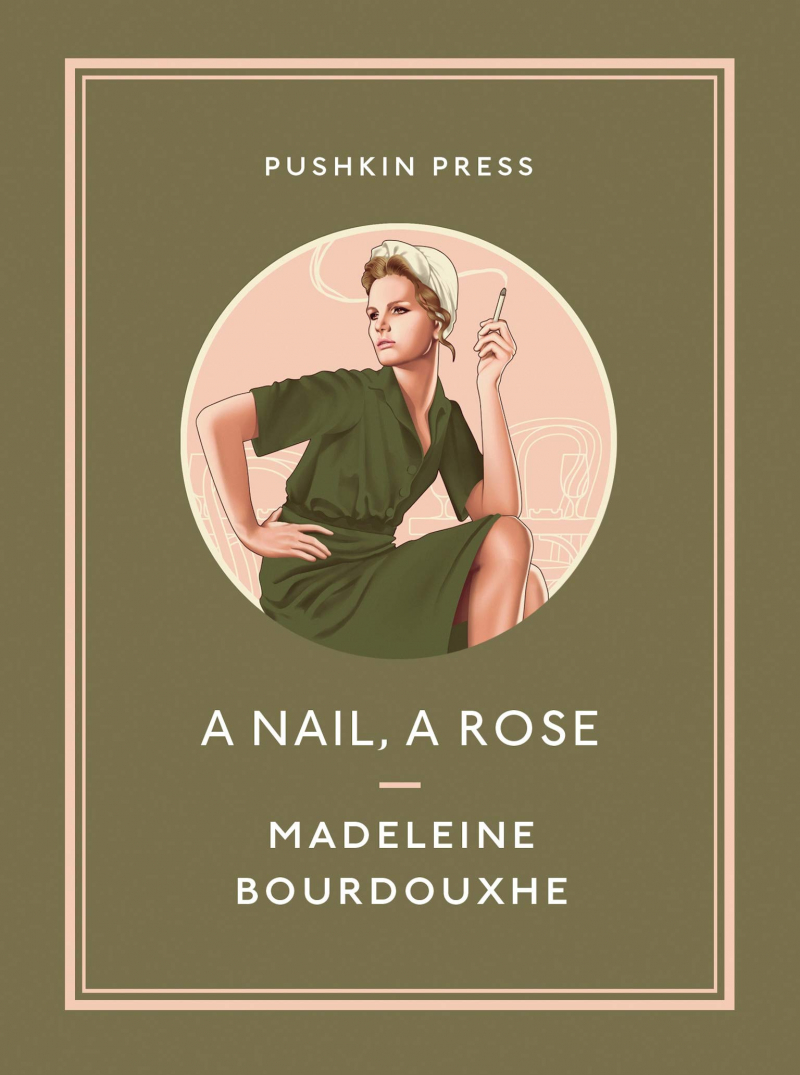
A Nail, A Rose by Madeleine Bourdouxhe -
These most exquisite of French books are said to have taken famed French novelist Didier Decoin fourteen years to finish. That information conjures up an image in reader's mind of a man imprisoned up in a lakeside cottage in Switzerland, surrounded by shelves of books on Japanese history and culture. He spends years poring over them. He travels to Kyoto and Niigata for research purposes before returning to the cottage. He repeats this for over a decade before emerging with a 300-page book that shines gently golden, and he smiles, his eyes gleaming.
Now that Katsuro is dead, his grief-stricken widow, Miyuki, must take up the task and make the month-long journey to the capital. And if you want to know what a modern take on a Japanese folk tale, mixed with European fairy tales and a dash of Shakespeare could possibly look like, this book is, indeed, that.
Link to read: www.goodreads.com/book/show/44662731-the-office-of-gardens-and-ponds
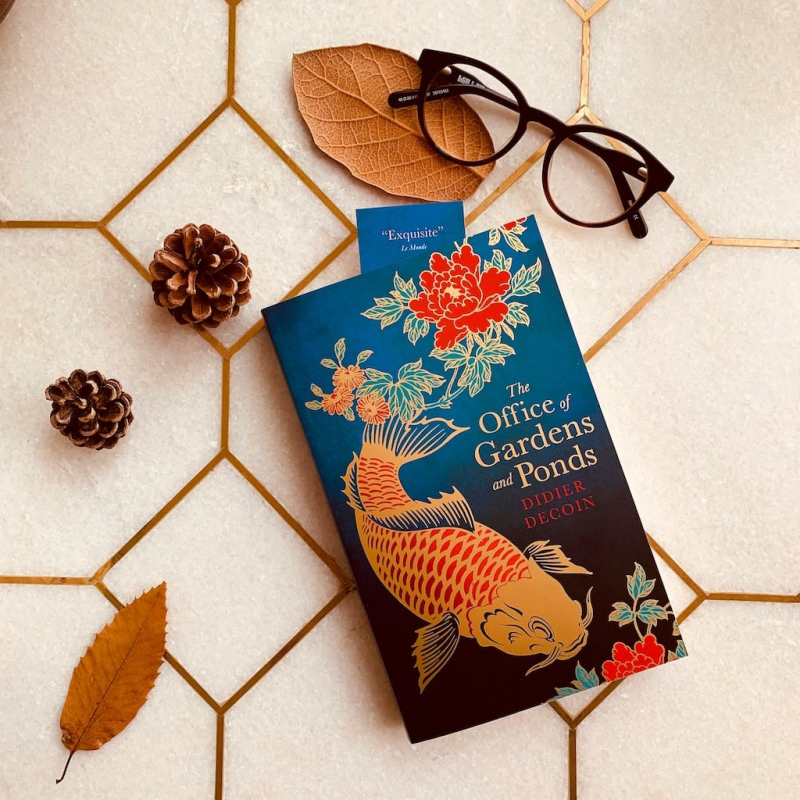
The Office of Gardens and Ponds by Didier Decoin 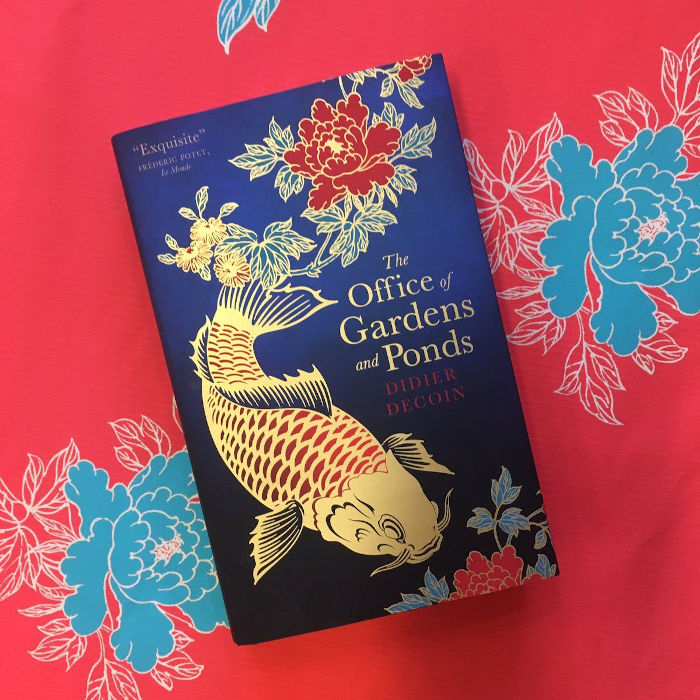
The Office of Gardens and Ponds by Didier Decoin -
Happening — a narratively presented autobiographical account of Ernaux's search for an illegal abortion during her undergraduate years in the early 1960s — begins with a visit to the hospital for an HIV test. While there, she is reminded of her battle to have an abortion in Paris in 1963, when abortions were considered illegal, immoral, and shameful. This brief framing device of a fast glimpse into the HIV test of the future aids in rapidly reminding the reader of context - how world perceptions are changeable and alter with time and law.
The abortion scandal of the previous generation is this age's AIDS panic. The storyline of this, one of the most remarkable French books, follows Ernaux's life as a twenty-year-old student who finds herself pregnant and has no desire to retain the kid.
Link to read: https://www.goodreads.com/book/show/399262
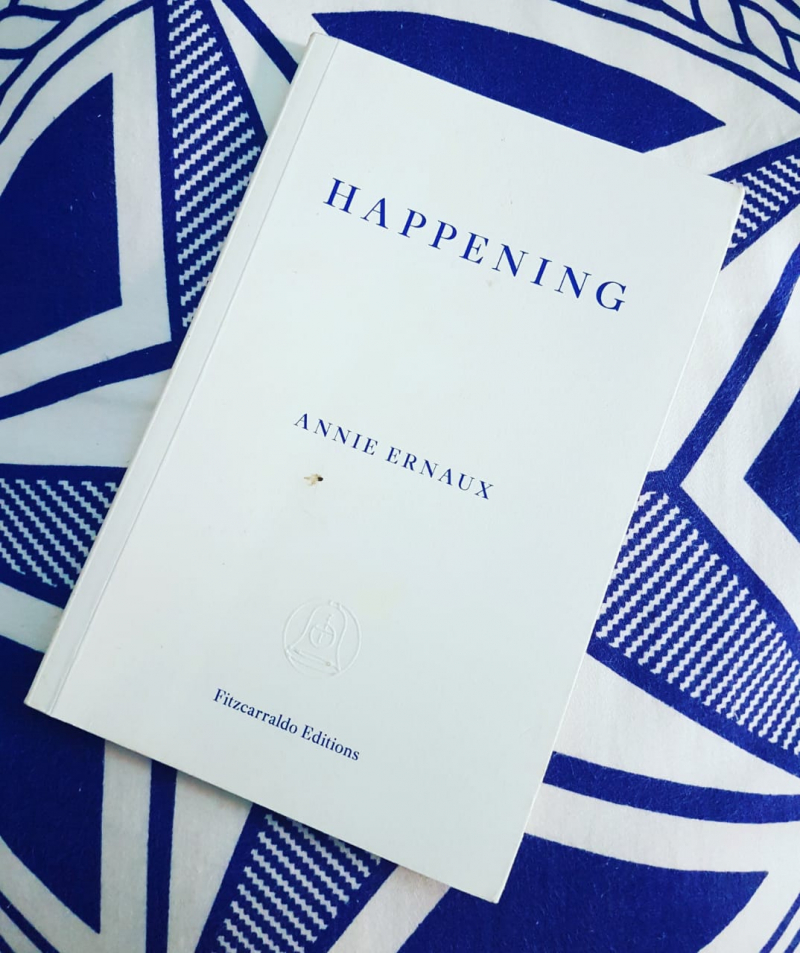
Happening by Annie Ernaux 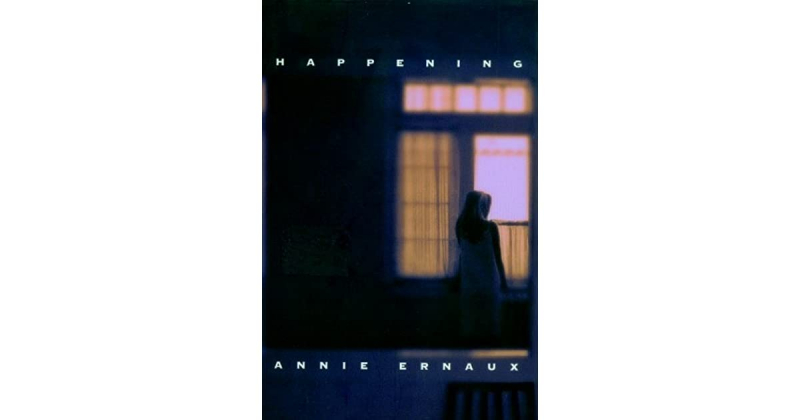
Happening by Annie Ernaux -
The Revolt is not merely a superb medieval historical epic; it is a massive victory of one. And the book's modest length is undoubtedly one of its success factors. Others include highly colorful and lyrical language that resembles Oscar Wilde's work, clever manipulation of history to make a compelling fictional narrative, a softly sustained pace, and an exciting female drama presented from an unexpected and rewarding perspective.
Eleanor of Aquitaine, the 12th-century queen of France and England, is retold in The Revolt. It spans most of her life and injects ideas and mood evocative of Wolf Hall and Shakespeare's Macbeth into the story. The novel's narrative perspective, however, is what makes The Revolt so clever in its telling. Richard Lionheart, Eleanor's son, tells us about the Revolt. This choice of point of view – making Eleanor's son the book's narrator and second protagonist – is reminiscent of John Watson recounting Sherlock Holmes stories. This brief medieval epic opens with Richard presenting a vivid portrait of his mother: her wit, malice, and opportunistic intellect. He positions us in the stalls and constructs a stage around his mother.
Link to read: https://www.goodreads.com/book/show/40932244
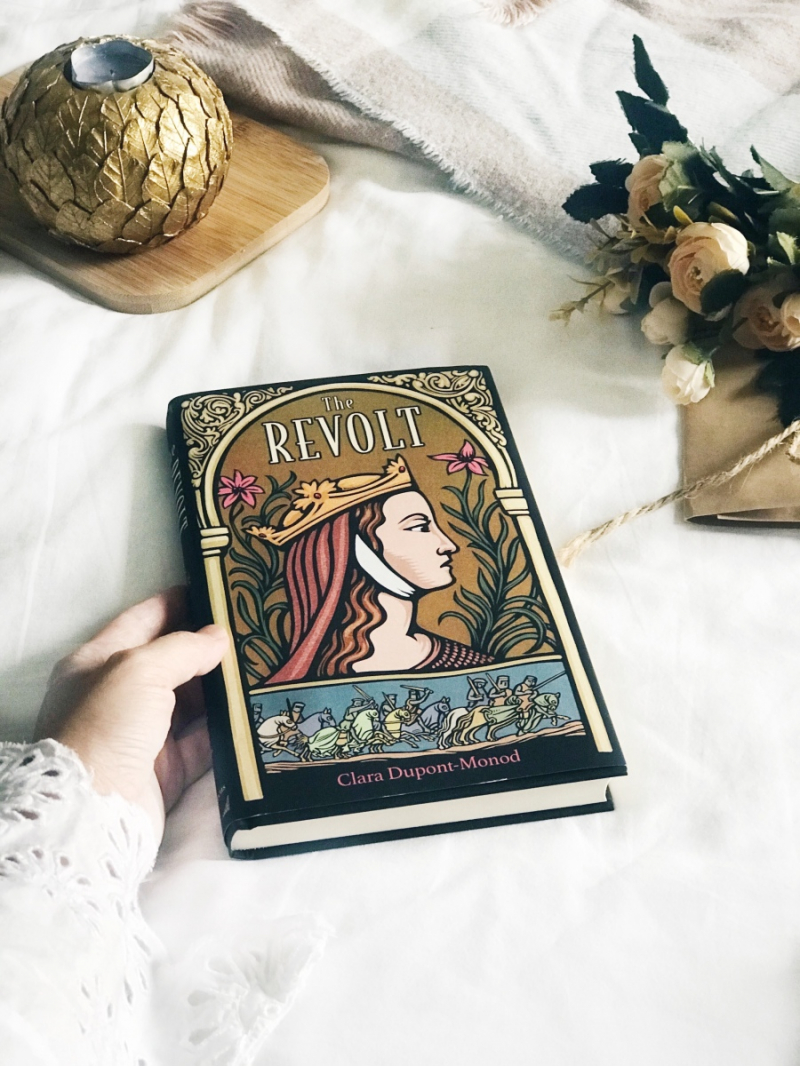
The Revolt by Clara Dupont-Monod 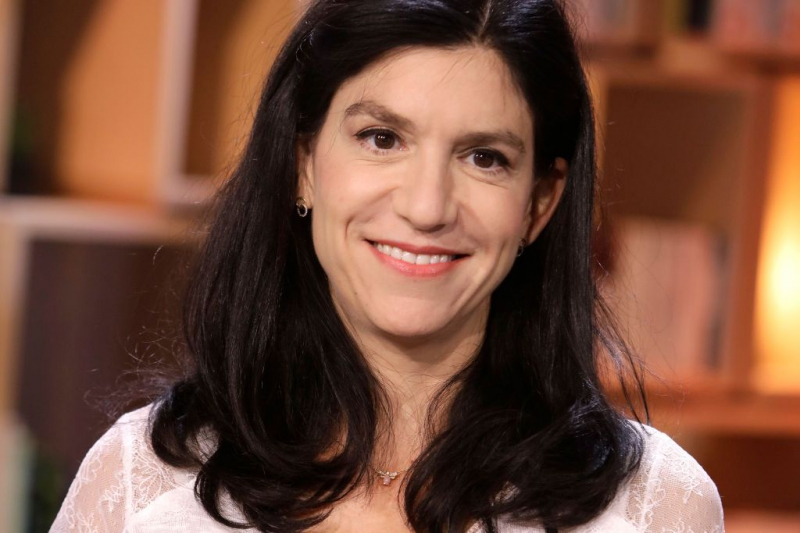
The Revolt by Clara Dupont-Monod -
A Single Rose opens with a Chinese legend about a prince and a flower field. Each chapter opens with an East Asian story about flora, poetry, and beauty. The major plot is around the titular Rose, a French woman living in Kyoto. Rose is forty years old, and she is in Kyoto to attend the reading of her father's will. He was a rich art dealer who lived among Kyoto's quirky artists and potters, a guy she had never met. His aide, a Belgian called Paul, shows Rose about Kyoto.
A Single Rose is a love letter to Kyoto, as well as to Japanese art, poetry, history, and aesthetics. It takes its time to paint a rich picture of the city, its natural features, and the beautiful hills beyond. Rose feels enraged, conflicted, and perplexed. Her father is said to have seen her from a distance but never approached her. Paul says that Rose's father loved her, but how can she trust him, and what does it matter? A Single Rose is a short tale about beauty, both within and outside. Muriel Barbery's depiction of the world and individuals in this - one of the finest French books — is tender and concerned.
Link to read: https://www.goodreads.com/book/show/57251520
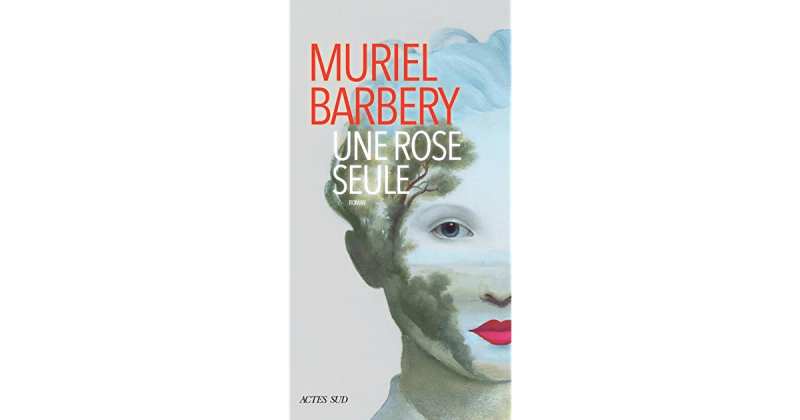
A Single Rose by Muriel Barbery 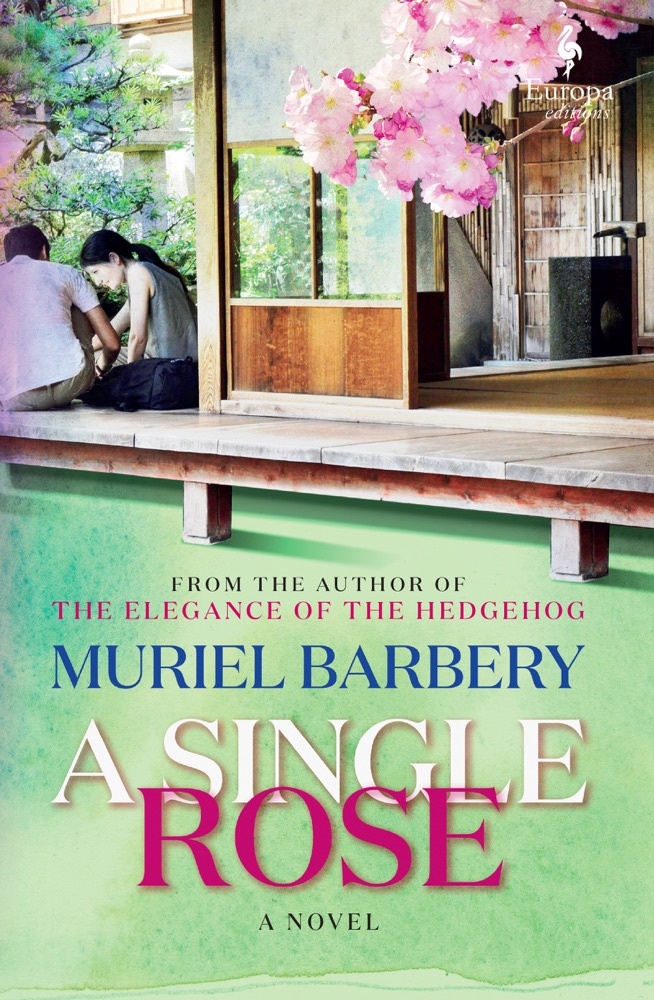
A Single Rose by Muriel Barbery -
According to reports, Self Portrait in Green is what happened when Marie NDiaye was invited to write a memoir. In a nutshell, it's an anti-memoir. This is one of the most surreal and experimental French works, set between the years 2000 and 2003 and hopping back and forth randomly. While ostensibly a personal biography, Self Portrait in Green reads more like surrealist French fiction. It all starts with the French river La Garonne, which runs through NDiaye's hometown.
The river is swelling and on the verge of overflowing its banks, threatening to flood the town. The way NDiaye paints it, it appears as if the flooding was predestined; as if the river was intended to do so. Her portrayal of the incident is magical. This attitude to fate and destiny leads us, the reader, throughout the novel. NDiaye is continually comparing herself to those around her, including La Garonne. Marie is driving with her children when she notices a woman in the yard of a nearby home; the woman is clothed entirely in green and is looking back at her. When Marie asks her children what they saw, they do not notice the green-clad figure.
Link to read: https://www.goodreads.com/book/show/20893797
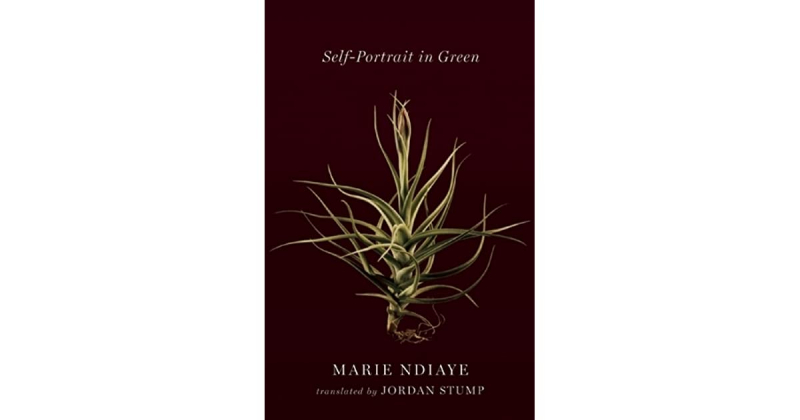
Self Portrait in Green by Marie NDiaye 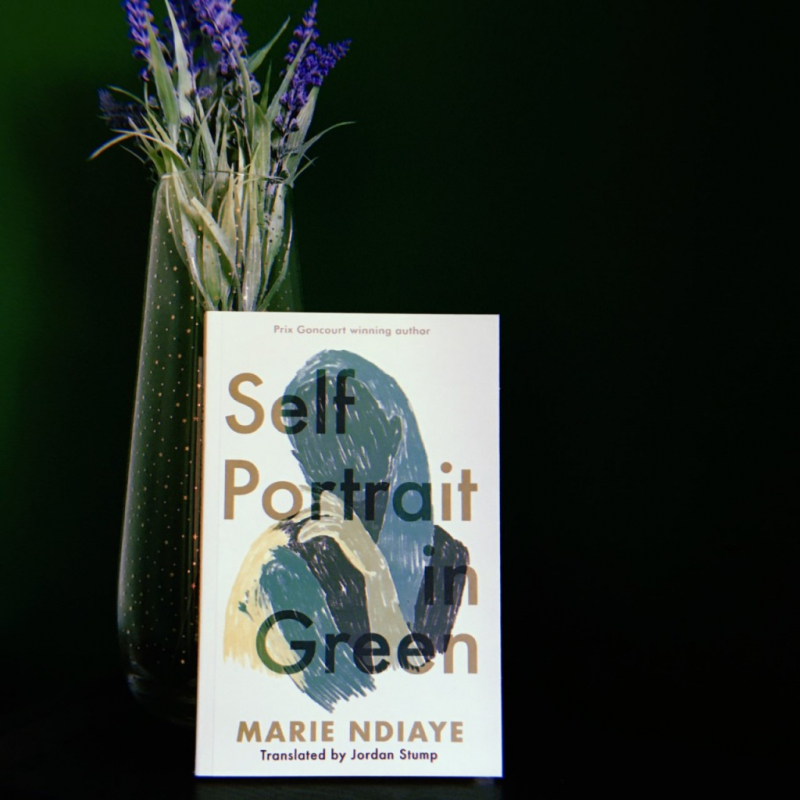
Self Portrait in Green by Marie NDiaye












